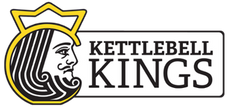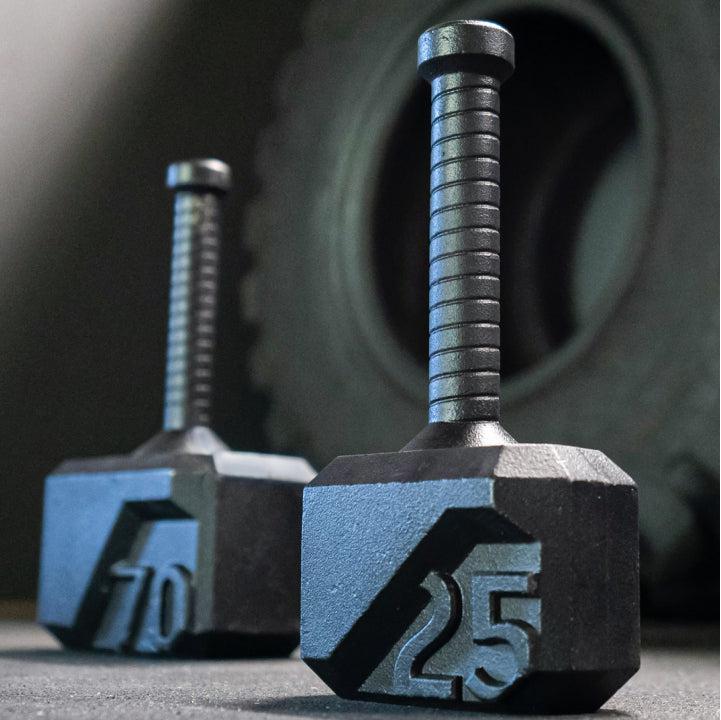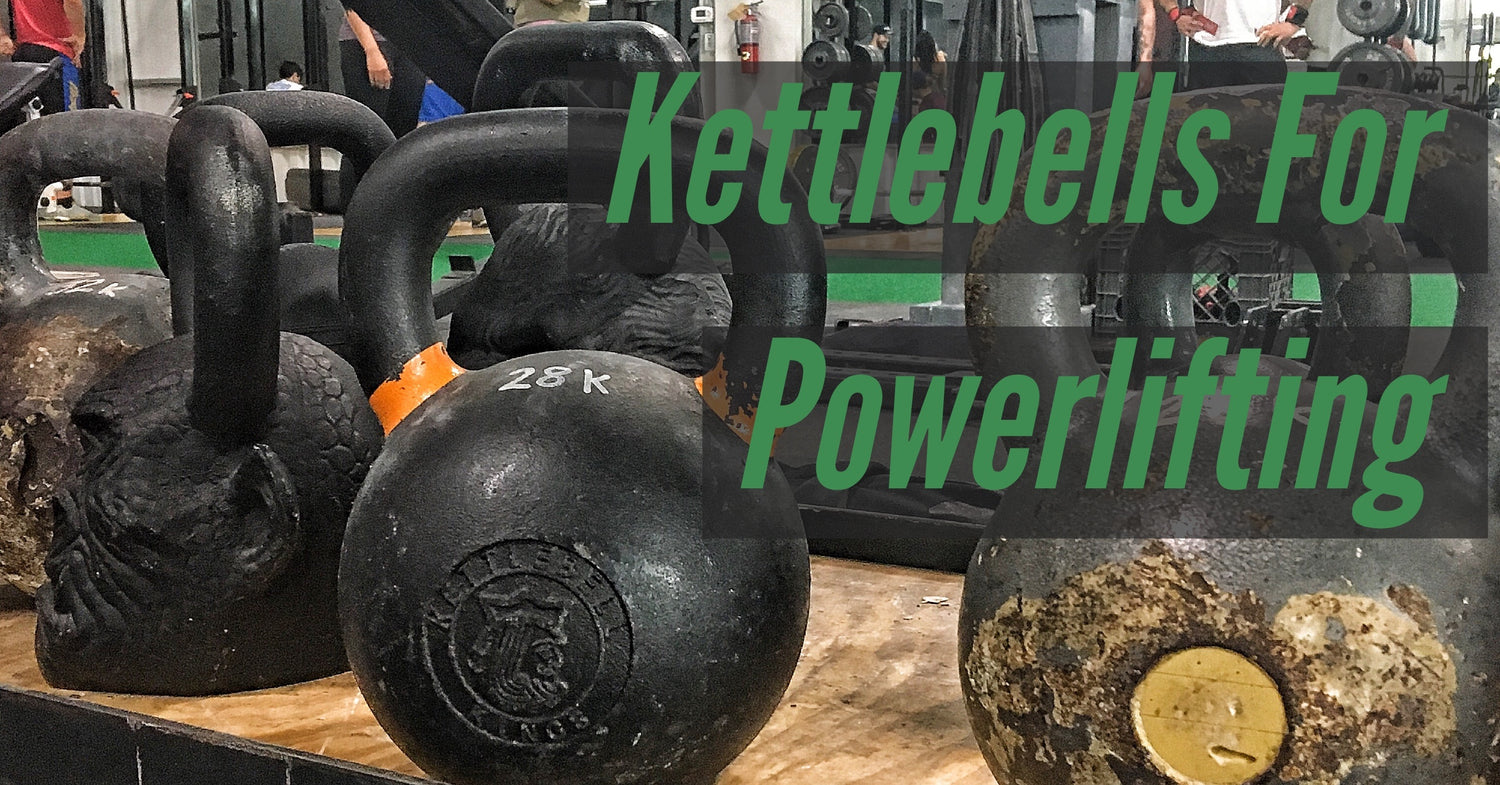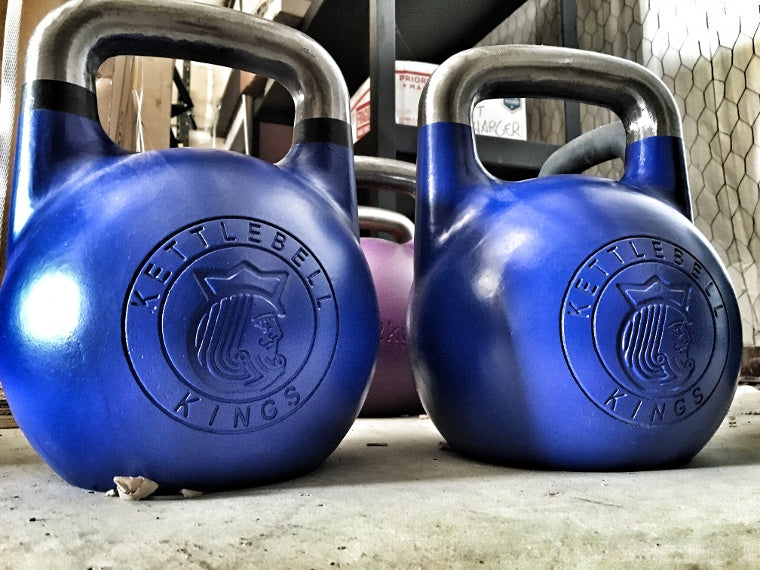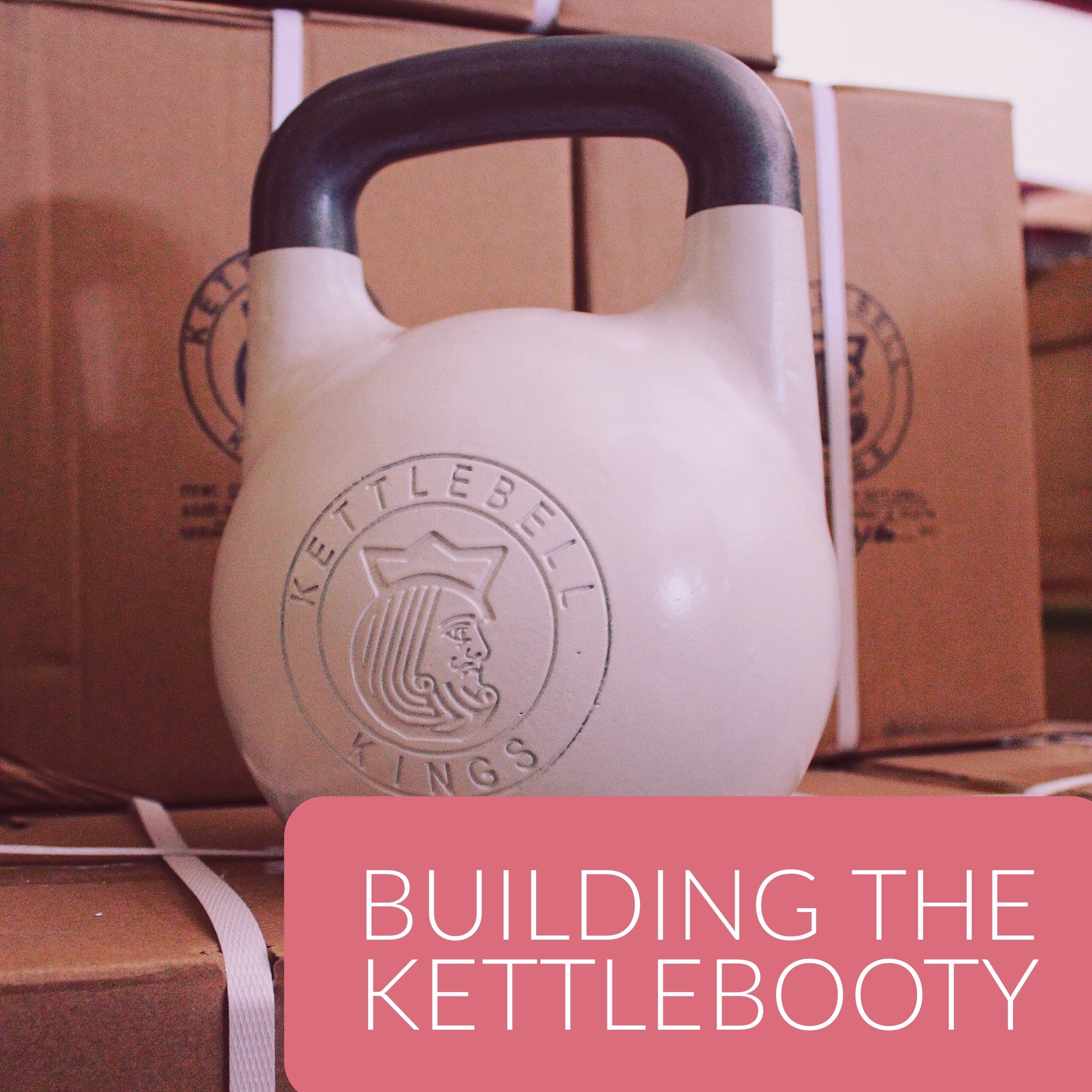A lot of the great and most accomplished kettlebell lifters we have met since starting our business are former powerlifters. As power lifters a number of them have held records, but now mostly train kettlebells. We believe as workouts and strength building continue to evolve with each generation, people who identify as a certain thing, i:e 'power lifter', 'kettlebell lifter' will fade away and there will continue to be more blending of different modalities to create better overall lifters and athletes. Not only does it break up the monotony of working out, but there are practical applications as well. In this piece, Zack Henderson, SFG II, SFL, SFB, covers a number of kettlebell movements that will help strength and specifically strength needed for power lifting. Speaking from personal experience, these lifts have and will add really nice increases to your powerlift numbers.
By Zack Henderson:
Like any serious strength athletes, powerlifters can become myopic in their training. This is easy to do, as the entire sport is confined to the performance of only 3 lifts - the back squat, bench press, and deadlift.
What many fail to realize, however, is the amount of progress they leave on the table by neglecting training modalities and tools outside of the barbell for their programming. It’s easy to write off kettlebells as a novelty training device, but with smart application, the kettlebell might fill the gaps any powerlifter needs to to maintain a stronger, healthier body that can perform at peak levels for many years to come.
Specifically, we’re going to explore 3 ways the kettlebell can be best utilized in a powerlifting program - shoulder health, work capacity, and specialized accessory work.
Shoulder Mobility & Stability
The most common gym injury happens to the shoulders. It's no wonder considering that not only are our postures compromised by hours of sitting and phone use, but shoulder issues get compounded when we go to the gym and do lots of pressing exercises. Pushing big weight with stiff, rounded shoulders is a recipe for disaster.
The nature of the bench press presents two issues for shoulder health. One, lying on a bench effectively forces the movement to be done with as little scapular motion as possible. Two, the press requires a symmetrical movement from a (likely) asymmetrical base. Nearly everybody has a shoulder that is more mobile or stiff than the other.
Bench presses are perfectly safe in their own right, they simply present a risky environment for compromised shoulders. To simultaneously give the shoulders some extra mobility and stability work, we need look no further than the Turkish Get-Up. The TGU takes the shoulder joint through various ranges of motion with a locked out arm. Specifically, doing this exercise with a kettlebell presents a unique challenge to the rotator cuff and “opens” the shoulder without forcing a static stretch.
A strong low bar back squat position is dependent upon thoracic spine mobility as well. A powerful drill for t-spine health is the kettlebell arm bar. Much like the TGU, the arm bar develops shoulder stability by moving around a locked arm, but really double-downs on t-spine mobility by the nature of the hip positioning.
Arm Bar
We recommend you read more about receiving a quick, free, dynamic kettlebell workout every week you can click below.
Increased Work Capacity
Powerlifters mistakenly forego conditioning, simply because the sport demands the performance of only one rep at a time. However, the execution of a 1RM is built from the thousands of reps that come before it. Work capacity is the ability to continuously handle increasing workloads over time and is vital for off-season programming. During hypertrophy phases, for example, the power to easily grind out more reps in a set of a given training percentage gives the powerlifter an edge that will maximize muscle growth and subsequent strength blocks.
How do we increase work capacity with kettlebells?
One way is to take advantage of the dynamic nature of training with kettlebell complexes. A complex is a series of exercises performed back-to-back, with the same weight and no rest. With just a light kettlebell or two, you can seriously tax the entire body in a very short period of time.
Consider the following complex:
- Double KB Snatch x 3
- Double KB Press x 3
- Double KB Swing x 5
- Double KB Squat x 5
That’s 16 reps, hitting every major muscle group in less than 45 seconds. Think of these as high-intensity, strength based flows for increasing conditioning.
Of course, complexes aren’t the only way to build lungs of elastic steel. Take any single kettlebell ballistic (snatch, swing, clean), and simply program time-based routines that reduce rest over several sessions.
Consider a basic every minute on the minute 2-H Swing protocol over 6 weeks:
- 15s Work / 45s Rest
- 20s Work / 40s Rest
- 30s Work / 30s Rest
- 40s Work / 20s Rest
- 20s Work / 40s Rest ← Back off week
- 45s Work / 15s Rest
Specialized Accessories
Success in powerlifting obviously depends on building the specific skills and strength around the powerlifts themselves. However, over the course of many training cycles, it becomes necessary to add movement variety in order to ensure continued strength gains, prevent overuse injury, and address areas for improvement.
We recommend you read more about receiving a quick, free, dynamic kettlebell workout every week you can click below.
Here are my top kettlebell accessory moves for each powerlift:
The Back Squat - Double Racked Kettlebell Front Squats
Front squat variations work the same muscles and movement patterns as the back squat while offering a few unique training advantages.
Because the weight is being supported in the front of the body, there is a greater demand on core engagement and thoracic extension. Things really intensify when dealing with racked kettlebells as even light weight seems to feel like a python wrapping your rib cage.
Front squats are typically easier on the low back and lend to better depth as well.
There are two main options for adding kettlebell front squats to a powerlifting program. You could add them as the main accessory move on a squat day, doing 3-5 sets of 5-8 reps at a moderate weight after the back squat working sets. If you’re already squatting multiple times per week, the kettlebell front squat can be trained as the main lift on one of those days with 4-6 sets of 3-5 reps at a heavy weight.
WHAT IS NEXT?
If this is your first time reading one of our posts, we create kettlebell workouts in collaboration with kettlebell lifting champions and experts which are designed to give you maximal results and not take up much of your time. We send these to your in box automatically every week! We recommend you read more about receiving a quick, free, dynamic kettlebell workout every week you can click below.
Also, we recommend you subscribe to our posts so you can be notified when we publish helpful content for kettlebell workouts. We cover topics like technique, how to chalk a kettlebell, breakdown of kettlebell movements, strength building and kettlebell workouts for specific niches like combat sports and fitness competitions. Additionally, you can be notified when we publish new articles about specific kettlebell movements or techniques as well as niche pieces like this designed for specific training.
About the author:
Zack Henderson, SFG II, SFL, SFB, enjoys coaching people of all skill levels to become stronger than ever. His students include powerlifters, kettlebell enthusiasts, and the everyday athlete who wants to look and feel better.
Zack trains locally in Nashville, TN and offers online training at his website. To learn more, check out The Kettlebell Core Challenge, a free 21-day challenge to obliterate weakness, lose fat, and forge an iron core with the power of the kettlebell!
Kettlebell Kings has the most highly & frequently reviewed kettlebells in the world. We have free shipping in the US & Canada (www.kettlebellkings.com), Europe (www.kettlebellkings.eu) and Australia (www.kettlebellkings.com.au). Check out our 4,000 reviews for quality and customer service here!
